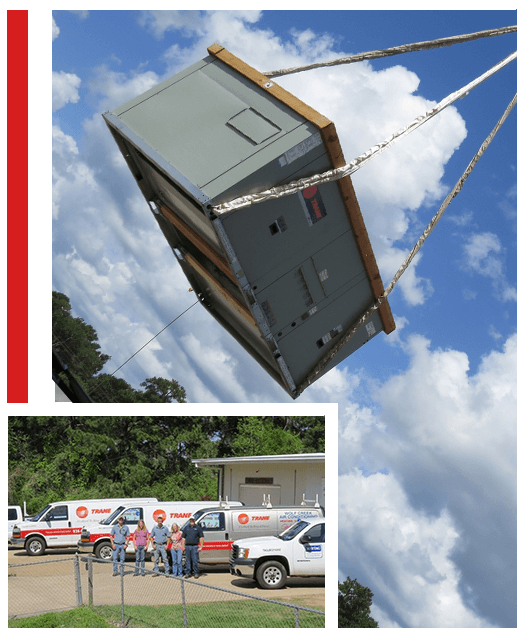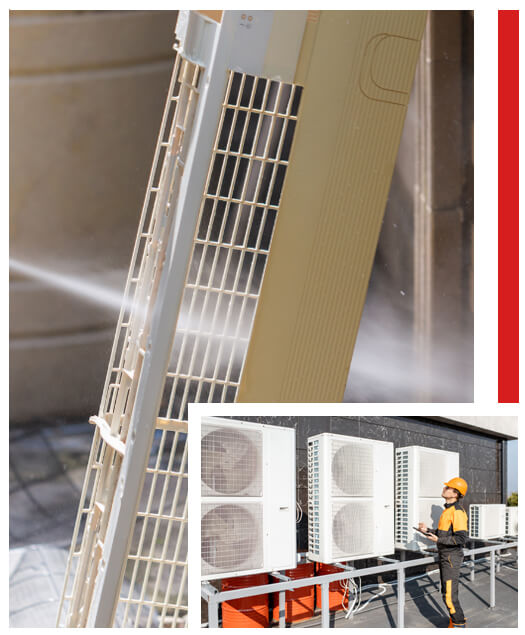Our Story
Your Trusted HVAC Partner in Lake Livingston and Coldspring, TX
At Wolf Creek Air Conditioning, we are proud to be the trusted provider of heating and cooling solutions in the Coldspring, TX, area. Family-owned and operated since 1997, we’ve built a reputation for delivering quality workmanship, honest service, and dependable expertise.
Our mission is simple: to provide high-quality HVAC services that keep homes and businesses in the Lake Livingston region comfortable year-round.
A Family Tradition of Excellence
Founded in 1997, Wolf Creek Air Conditioning has been a cornerstone of the Coldspring community. Originally established by Gene and Kathy Crump, the business was passed on to Steven and Diane Colburn in 2001. Since then, we’ve continued to grow, with our son, Josh, joining the team to bring the next generation of HVAC expertise. Together, our family is committed to providing unmatched service for our neighbors.

Our Values
Contact Wolf Creek Air Conditioning Today
If you’re looking for expert HVAC services in Lake Livingston or Coldspring, TX, trust the team at Wolf Creek Air Conditioning. With decades of experience, a family-first approach, and a dedication to quality, we’re here to meet all your heating and cooling needs.
Why Choose Us
Why Choose Wolf Creek Air Conditioning?

